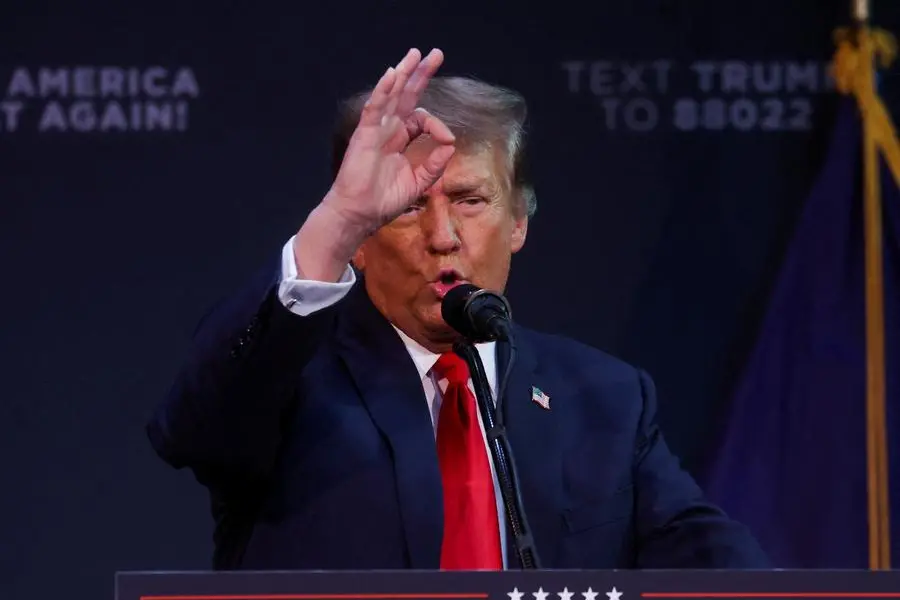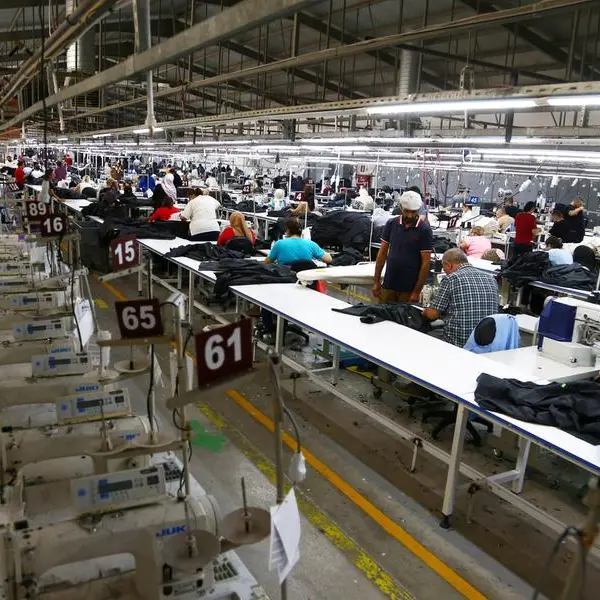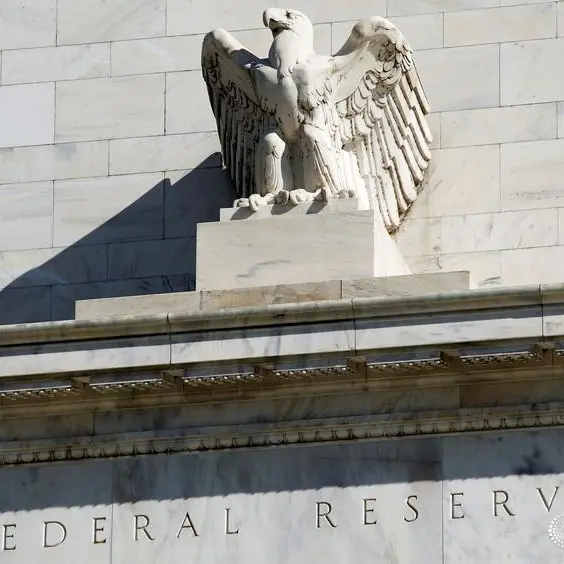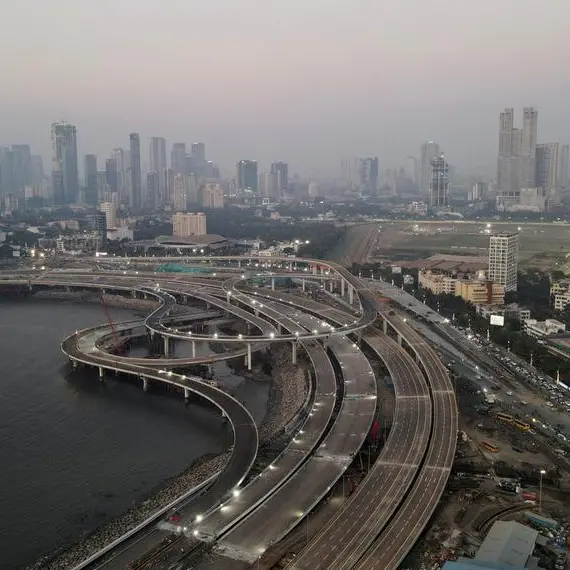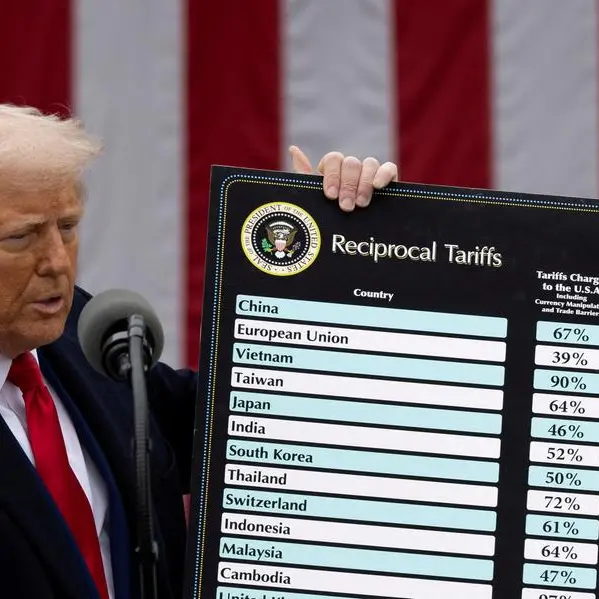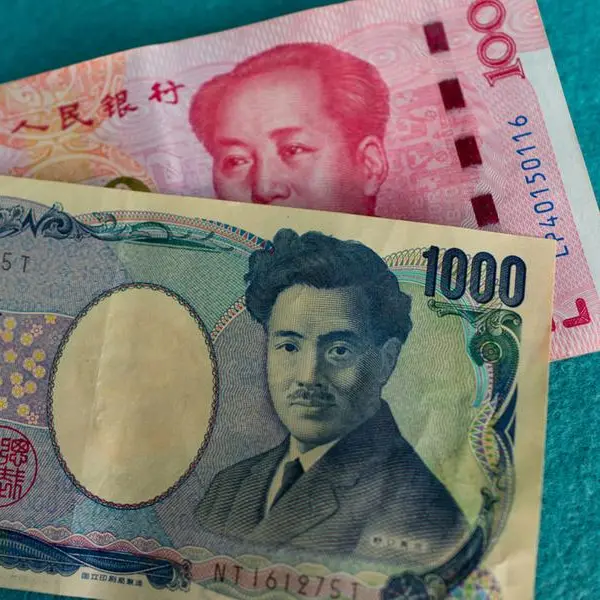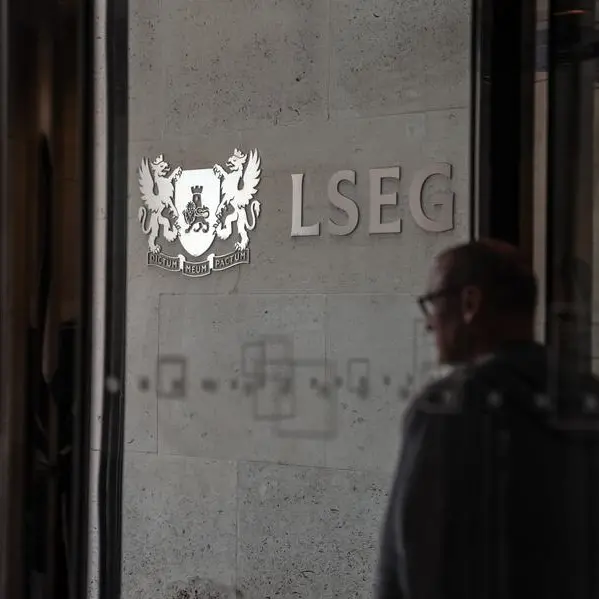PHOTO
(The opinions expressed here are those of the author, a columnist for Reuters)
TALLINN: As German Chancellor Olaf Scholz attended the groundbreaking ceremony for a new munitions factory on Monday, he warned that Europe must move to mass producing weapons "because the painful reality is that we do not live in times of peace".
Barely 48 hours earlier, former U.S. President Donald Trump had shocked NATO allies by claiming that during his time in office, he had warned a “big country” in Europe that he might encourage Russia to “do whatever the hell they want” to nations that were not spending enough on defence and leaving the United States to plug the gap.
The White House denounced the comments as “appalling and unhinged” and the normally diplomatic NATO Secretary General Jens Stoltenberg said they could endanger the lives of U.S. and European service personnel.
On NATO’s eastern flank, where the Baltic states of Estonia, Latvia and Lithuania are already ploughing ever-growing resources into both their own defences and supporting Ukraine, Trump's comments sparked immediate concern the Republican frontrunner might quit NATO altogether should he return to office.
But there was also acknowledgement that whoever wins the U.S. election in November, the time had come for NATO members in Europe to step up to the plate to help pay for their own defence.
"I think what the presidential candidate in America says is also something to make you wake up some of the allies who have not done that much," said Estonian Prime Minister Kaja Kallas.
"Any statement of that sort needs to be recognised with the danger that it brings, but also a steadfastness on our regard, that we need to do more."
The danger, analysts say, is simple – Russia is more likely to risk an attack on a NATO state if it believes the United States will not respond. And this week, German defence firm Rheinmetall CEO Armin Papperger warned it might take a decade for Europe to replenish its ammunition stocks depleted by supplies already consumed by Ukraine.
Last month, outgoing Estonian defence chief General Martin Herem suggested it might take as little as a year from the end of fighting in Ukraine for the Kremlin to be able to pose a significant threat to NATO members in Eastern Europe.
Some worry it could be faster still. A leaked German defence ministry paper last month suggested an increase in conscription within Russia within 2024 – ostensibly to support offensives in Ukraine – might even be a precursor to an attack against NATO-member Baltic states in 2025, perhaps deliberately launched shortly after the election if Trump returns to office.
Trump’s comments look set to dominate the Munich Security Conference this weekend, as well as grabbing the agenda in NATO’s 75th anniversary year.
According to official estimates, 2024 looks set to see 20 of NATO's 31 members finally hitting the official target of committing 2% of GDP towards defence. The United States already spends roughly one and a half times that amount – but much of that is increasingly being committed on the far side of the world to confronting China.
The Ukraine conflict has already exhausted stockpiles of Western weapons on both sides of the Atlantic, particularly artillery and drones, forcing the government in Kyiv to limit ammunition expenditure on the battlefield just as some estimates suggest Russia is pushing up to a third of its government spending into military rebuilding.
WAR OF ATTRITION
Outside estimates of Russia’s spending vary, but Estonian intelligence estimates the Kremlin roughly doubled outgoings on the military during 2023 to around 100 billion euros ($107 billion) a year, aiming to replicate that spending in 2024.
EU states spent a record 270 billion euros ($295 billion) in 2023, according to EU figures. Britain will be spending 51 billion pounds ($64 billion) by 2024-25, pushing combined EU-UK military spending to more than three times that of Russia.
That money, however, has to cover much higher salary and equipment costs – while the Kremlin has done much better than many Western analysts expected in manufacturing weapons and equipment to tilt the battle in Ukraine back towards its favour.
To make matters even more challenging for the government in Kyiv, the U.S. military aid that supported it through the first two years of fighting now looks heavily in doubt. This week, the Senate passed a $95 billion aid package for Ukraine, Israel and Taiwan – but its passage through the House of Representatives is more doubtful.
Ukrainian officials say they hope to fill the gap by increasing their own domestic weaponry production, tripling the amount of military equipment produced last year and hoping to increase it a further six-fold during 2024. The United States, Germany, Britain and other nations are also talking of stepping up ammunition manufacture within Ukraine itself.
But European nations have struggled so far to make good on their promises to support Ukraine, delivering only roughly half the promised million artillery shells that they had intended to provide by the end of March.
According to the Wall Street Journal last month, the United States – which has also dramatically stepped up its own production – is still only producing 30,000 shells a month, and although it hopes to boost that to 80,000 by year end, it is still much less than Russia is producing.
RUSSIAN RACE TO REARM
According to Britain's Royal United Services Institute, Russia produced at least one million rounds of 152-mm artillery rounds in 2023, likely increasing to 1.3 million during 2024 along with 800,000 122-mm rounds. That, however, is well under half the four million 152-mm and 1.6 million 122-mm shells Russian military chiefs say they want.
Reaching that target may prove impossible – analysts say Russia’s ability to increase its production capability is limited, constrained by a shortage of raw materials that might take years to overcome.
That pinch, some worry, may increase the immediate war risk, encouraging the Kremlin to make any move against NATO before European defence production begins to close the gap.
The Kremlin can call on stocks of vehicles and ammunition on a scale unthinkable for Western states – Russia is still believed to have around 3 million artillery shells in reserve, albeit some in poor condition, as well as calling on North Korean supplies of around 100,000 shells a month.
Estonian Intelligence said this week the Kremlin intended to increase its number of military personnel from around 1.15 million to 1.5 million, allowing it to roughly double the number of personnel along Estonia’s border from their pre-2022 level of around 19,000. That, Estonian officials said, suggested an intent to continue the war with Ukraine while preparing to potentially also fight NATO.
This week, British Defence Intelligence reported Russia had raised the upper age limit for conscription and military service to 70. Given that the average life expectancy for a male Russian remains in the early 60s, that means some new conscripts may be in service for the rest of their natural lives.
That in turn suggests that Russia’s human capital for any future conflict, like its relative superiority over the West in ammunition stocks, may also soon diminish.
"I am more than convinced that President (Vladimir) Putin's policy will escalate in the near future," Romanian Chief of Defence Gheorghita Vlad warned this month, suggesting Moldova and the Western Balkans might be the next target.
"The population of Romania, like the entire population of the European Union, of Europe, must be concerned."
* Peter Apps is a Reuters columnist writing on defence and security issues. He joined Reuters in 2003, reporting from southern Africa and Sri Lanka and on global defence issues. He is also the founder of a think-tank, the Project for Study of the 21st Century, and, since 2016, has been a Labour Party activist and British Army reservist. His first book, "Deterring Armageddon: A Biography of NATO", was published this month.
(Editing by Nick Macfie)
